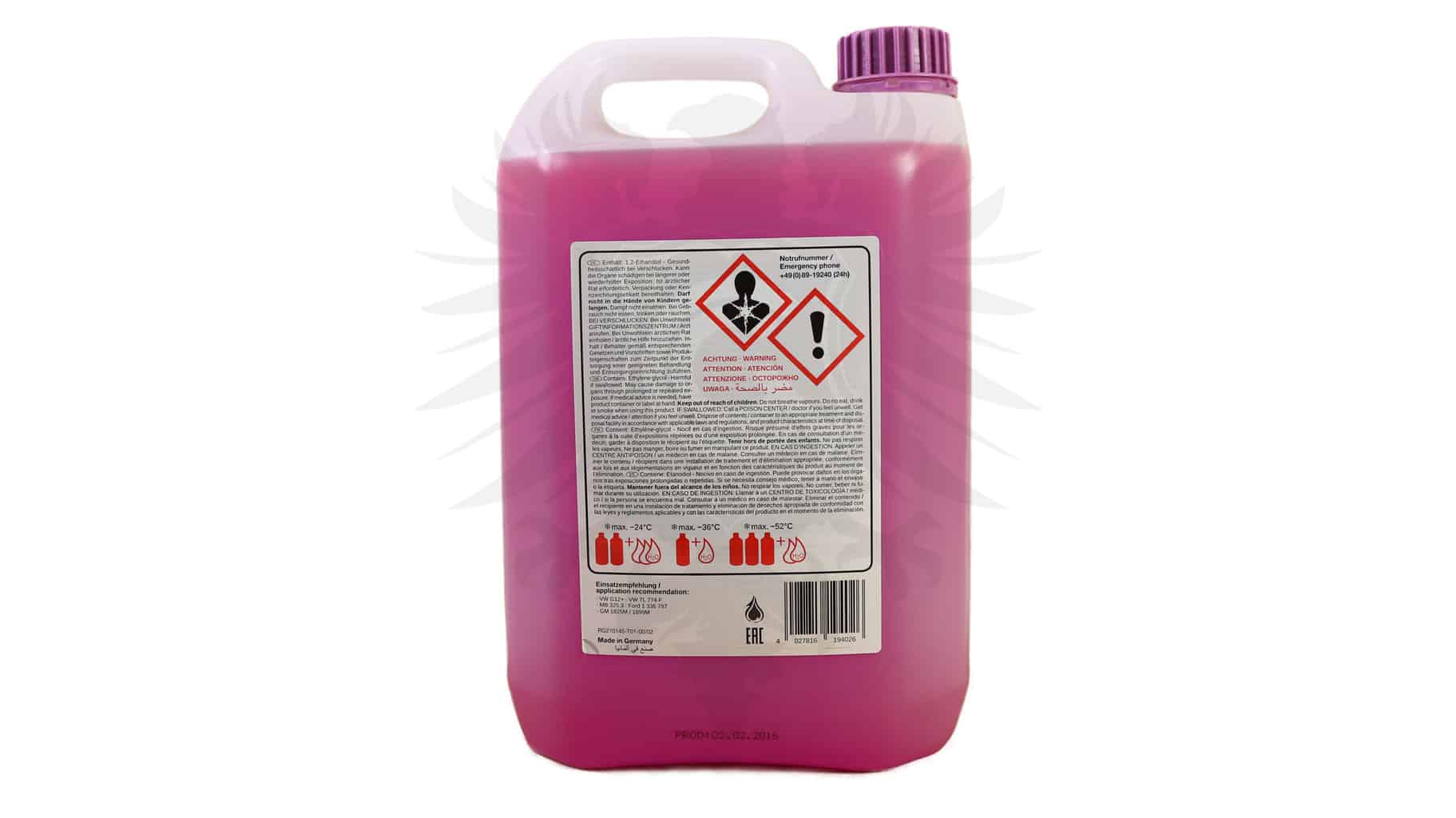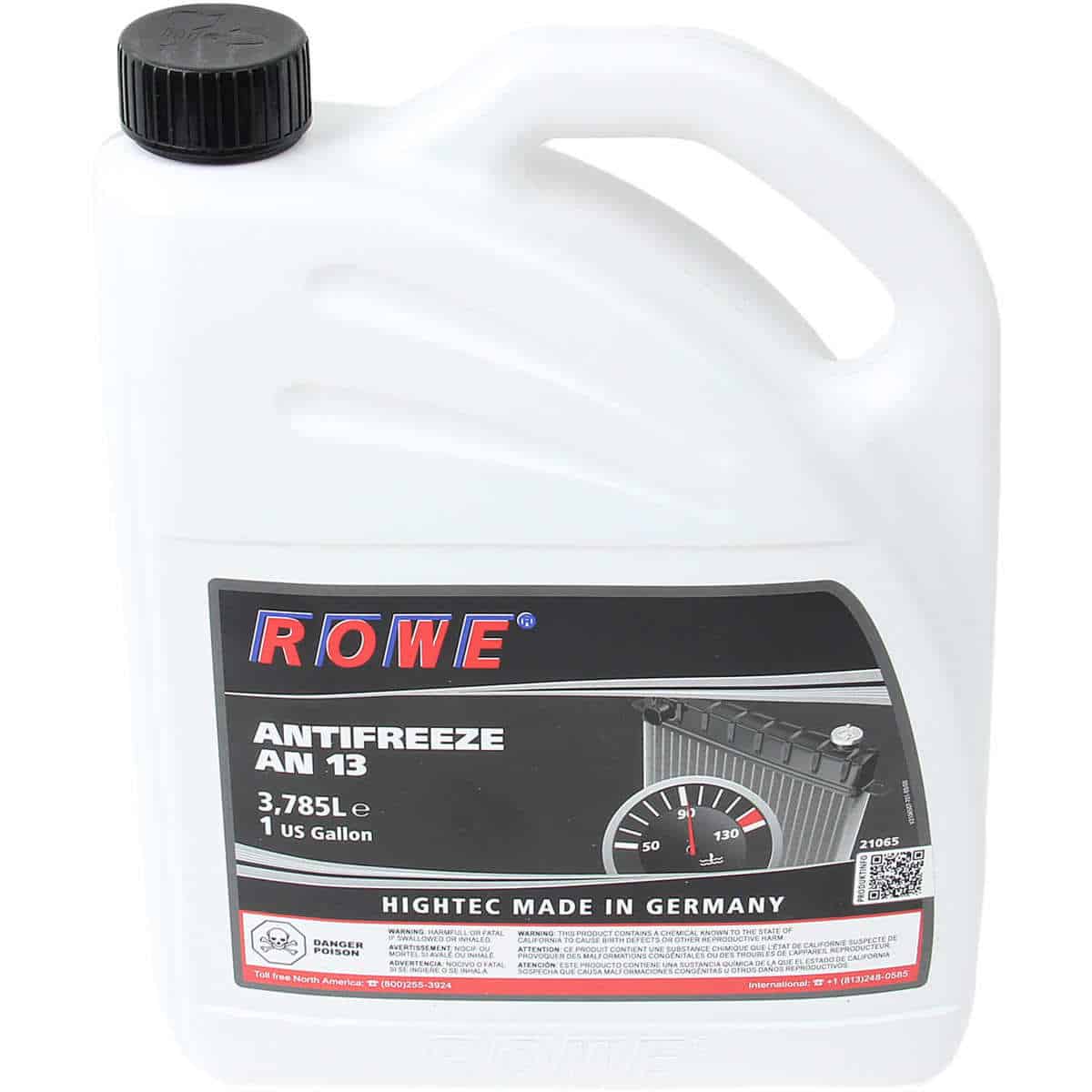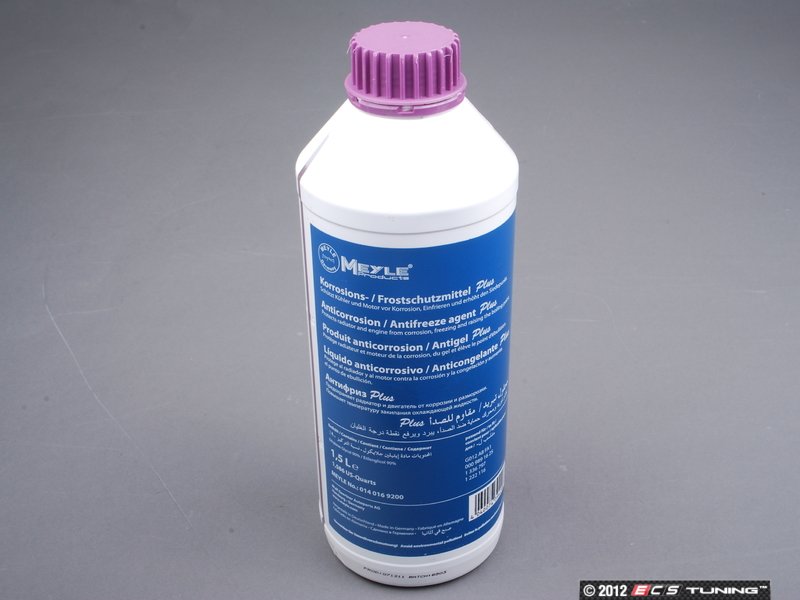
■ Complete degradation in 20 days, calculation conducted on the main component.ĪNTINCONGELANTE 50% G12 Plus, Coolant 50% G12 Plus, meets among others the requirements of International Standards:ĪSTM D-3306 (ASTM-D-1384, D-4340, D-2570, D-2809)ĪNTINCONGELANTE 50% G12 Plus, Coolant 50% G12 Plus, satisfies among others the specifications of the following heavy machinery, transport and tractors' manufacturers:
#G12 coolant free
■ NAP-free corrosion inhibitors: free of nitrites, amines and phosphates, in addition to other components harmful to the ecosystem such as: boron and molybdate compounds. ■ Anti-cavitation, preventing foam and the retention of air, ensuring the good performance of the pump. Its latest-generation 100% organic additives effectively protect new aluminum radiators and aluminum / magnesium alloys as well as cast iron, copper and alloy welds. ■ Coolant, with an effective performance in pressure circuits, delaying boiling point to +145 ☌, preventing the engine from overheating. ■ Antifreeze, with protection up to -35 ☌. Its formulation, in accordance with the latest technology, ensures a product which provides the coolant-antifreeze fluid with all the necessary properties and characteristics for an optimum performance: I purchased a gallon container from the local dealer for about $20 USD.100% organic additives (OAT), silicate-free.

It is purple in color, and 100% backward-compatible and mixable with G12, and also has a longer lifespan.
#G12 coolant upgrade
On a side note, VW/Audi now only sells G13 coolant, which is the non-toxic/bio-degradable upgrade to G12. The procedure generally involves draining the system, refilling and circulating with distilled water, draining again, then refilling with coolant (once drained water is clear and free of sediment). For a DIY, check your local Jetta user forums for the model of your car. You will often see sediment at the bottom of your coolant reservoir resulting from this. In my 2000 VW Passat, the G12 coolant turned orange as it aged and reacted/collected deposits from the engine and cooling system. If your coolant is orange, then I would consider flushing the whole system and refilling check to see how close you are to the lifetime/mileage of the coolant from your last serving. As a result the coolant becomes more diluted than the 50% ratio and the color fades to pink. Usually we're not perfect when flushing and refilling the cooling system, and forget about the water in the heater core lines, or in the water pump. The coolant is concentrate and needs to be mixed with 50% distilled water before filling the cooling system. G12 coolant is indeed a VW/Audi-specific coolant, and pink/red when in the jug. After your last draining, fill your cooling system with the coolant you prefer. Repeat until the water comes out clear and no bubbles.

Then fill it with water and drain the entire thing again. The tank, the radiator, the engine block and the heater core. If your fluids are not compatible or if you are not sure, get your cooling system completely flushed.

If you are seeing 2 different layers, large patches floating or big globs at the bottom, your fluids are not compatible. If you are seeing just one uniform liquid with nothing floating at the top or sinking at the bottom, your fluids are compatible. Shake it vigourously for about 25 seconds, then let it sit for 3 minutes then look at it. What you can do is remove a small quantity of your coolant (use a turkey baster), place it in a clean empty clear plastic bottle (disposable drinking water bottle) and add the same amount of your purple stuff. G12 coolant comes in a variety of colours, read more here. I am not familiar with G12 coolant, as it seems to be VW/Audi specific, but mixing incompatible coolants will cause precipitation ("sludge") within your cooling system, which will cause blockage.


 0 kommentar(er)
0 kommentar(er)
